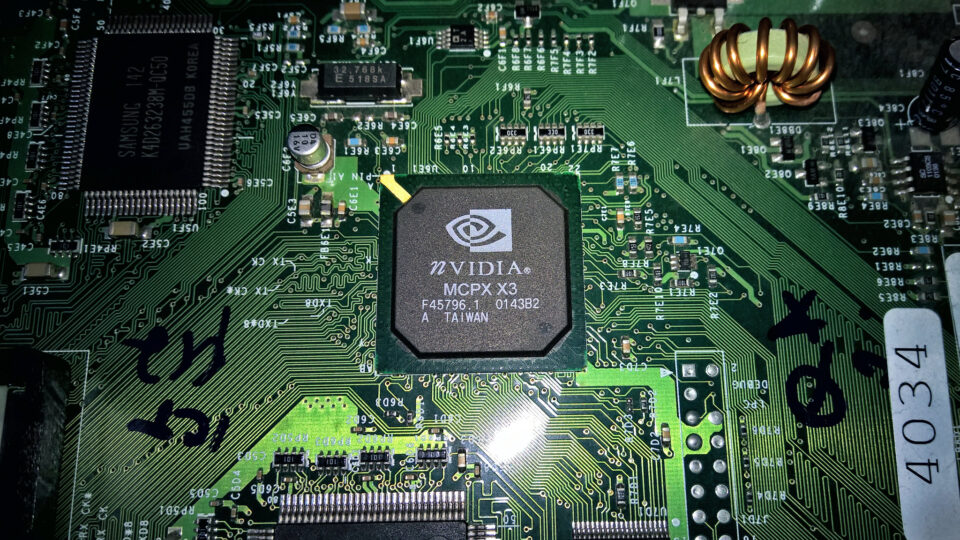Printed circuit boards are key elements of modern electronic devices that support and connect all of their electronic components. On average, they are composed of 30% metallic and 70% nonmetallic substances.
Once the circuit boards have served their purpose, they are often burned or buried in landfills, and can pollute the air, soil, and water. The biggest problem is that they have brominated flame retardants added to them in order to keep them from catching fire. Compounds in brominated flame retardants have been linked to endocrine disorders and fetal tissue damage.
Many circuit boards are recycled to recover valuable materials – generally the metals they contain. But recycling has its own problems. Metallic components can be recovered from crushed circuit boards by magnetic and high-voltage electrostatic separations. When the metals are removed, what remains are resins, reinforcing materials, brominated flame retardants, and other additives, which are of little value and present various dangers.
Researchers at Sun Yat-sen University in China have developed a ball-milling method to break down these potentially harmful compounds, enabling safe disposal. A ball mill is a rotating machine that uses small agate balls to grind up materials. The researchers also added iron powder, which helps remove bromine from organic compounds by breaking the carbon-bromine bonds in the flame retardants. The result was particles with half of their bromine content removed as well as decomposition of phenolic resin compounds.
The ever-increasing proliferation of device technology had led to a new set of pollution and waste challenges facing society. Research on ways to reduce the impact of high-tech garbage is an important need for society.
**********
Web Links
Toward safer disposal of printed circuit boards
Photo, posted February 18, 2018, courtesy of Diego Torres Silvestre via Flickr.
Earth Wise is a production of WAMC Northeast Public Radio.
